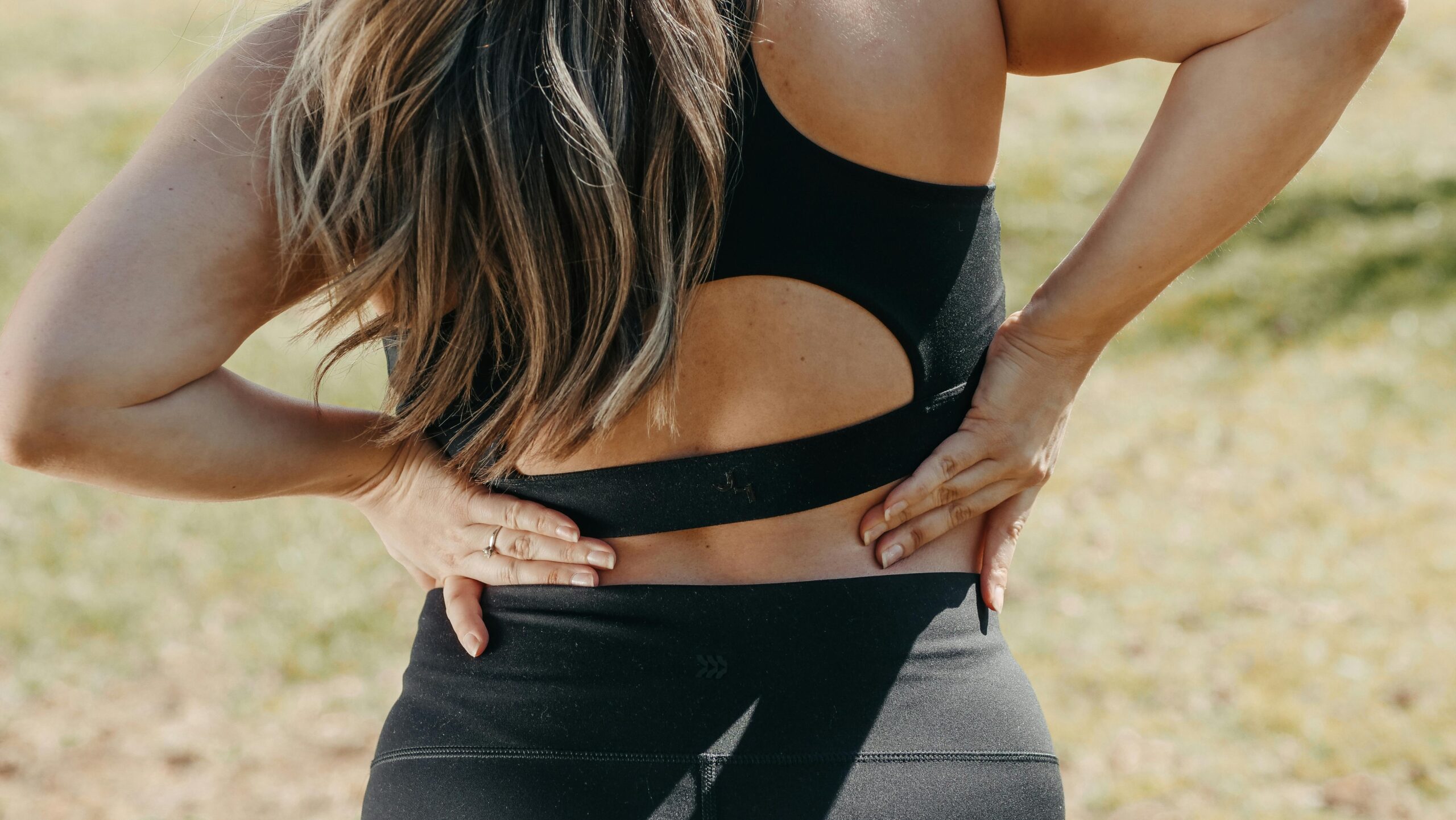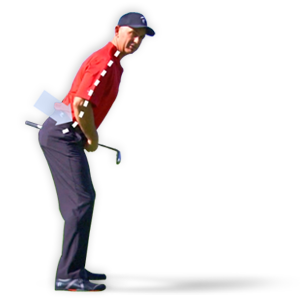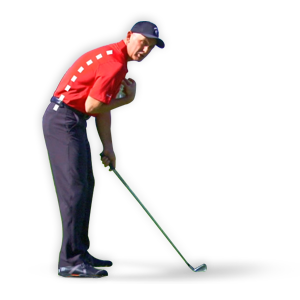
It’s no secret that we see a lot of golfers in our clinic, and many of them show signs of discomfort in their hips and lower back.
Most of the time, these aches and pains stem from muscle imbalances caused by a sedentary lifestyle, or just general lack of strength. In these situations, muscles are either being over or underused.
Overuse leads to tightening and shortening of the muscle, while underused muscles can end up becoming weak and inhibited. The muscle imbalances usually appear in the form of upper or lower cross syndrome.
With the amount of time spent sitting and on our devices, it’s pretty common to see people exhibit symptoms of upper cross syndrome. Upper traps and pecs tend to be tight, while the deep neck flexors and lower traps become weak. Then you have lower cross syndrome; the hip flexors and lower back tend to get tight, while the abdominal and glutes are inhibited.
These characteristics can come up in the golf swing. We ultimately want to be in a neutral position, but a C Posture (hunched shoulders) or S Posture (excessive lower back arch) is pretty common with the average golfer. I’m sure you’ve seen examples of both!
Either way, your range of motion and ability to rotate becomes much more difficult; other muscle groups will try to compensate, which means additional stress placed on the body. It’s no wonder you see people popping Tylenol before every round, just to play without pain.
Will improving your posture magically make everything better? Not right away, but it is a great place to start. A lot of swing characteristics can get better by just making adjustments when setting up to the ball; it won’t feel natural, which is why it’ll take time to retrain your swing and work on activating some muscle groups while mobilizing others.
The golf swing is complex, and it can be difficult to determine what areas need the most attention. We recommend setting up a Titleist Performance Institute (TPI) assessment with one of our trainers so they can identify movement and range of motion limitations that could be affecting your swing.
You can also try these stretches at home to help with overall mobility, and better posture.



